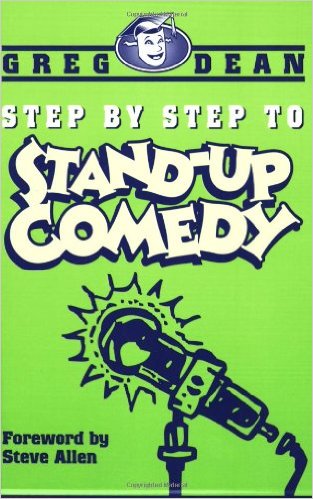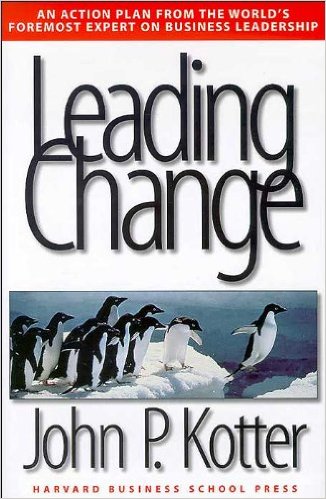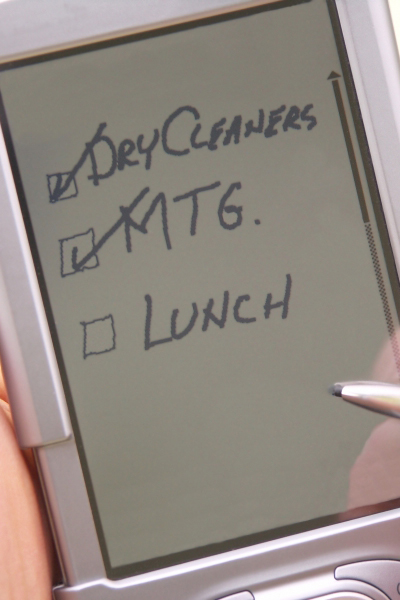I mean it, I am a comedian. I’m not speaking figuratively. While I can’t call myself a professional comedian yet, because I’ve not been paid solely to be funny, I can say I’m officially a comedian. Let me give you the back story, what it was like, and what it means.
Back Story
Several weeks ago I made a decision to take a comedy course. The decision was driven by a desire to get better at my presentations. However, there wasn’t a specific thought in my head to find a comedy class. It just came across my desk and I decided to jump on the opportunity. The idea for me was that the presentations that I’ve seen that were the best were ones where comedy was woven in. I used comedy in my presentations – many folks commented about my presentations being fun and humorous. However, for me I always felt like my comedy was haphazard. I felt like my comedy was catching 30% of my audience – if that. Of course, each joke caught a different 30% so I’d cover most of the audience.
So I paid for my course at Morty’s Comedy Joint. The facility is a little more than a mile from the house so it’s really convenient.
As I have told people about the course one of the most persistent statements has been “I could never do that.” I’ll honestly say that I don’t fully understand the comment. I understand the fear of being in front of people (better now than before as I’ll explain shortly) but my desire for new experiences and learning is more powerful than my fear. When I paid for the course I really wasn’t thinking about the fear of being on stage – I was thinking about the new learning I would get.
The Experience
The first experience was a little concerning. It didn’t feel like things were put together well. I found out later that this was their first course so it’s no wonder why it was a bit iffy at first. Todd McComas was our first instructor. He’s been doing comedy for a bit more than a year professionally – which as an instructor initially made me uncomfortable. However, Todd’s a great guy and good at putting things together. The second week Chris Bowers (who is one of the owners of the club) joined us. Bowers gets funny and is always positive. That makes it easy when you’ve got a class of ten people who have no idea what we’re doing.
The groups of folks in the class included an actor, a college professor, a 3rd store stocker for a grocery store, a medical equipment manufacturer buyer, an unemployed former-airline worker, a nurse, and I don’t remember what the rest did. The goals ranged from a being in standup to no goals for the course whatsoever. Some received the course as a gift and others bought it for themselves.
Despite this being the first running of the course things came together and we set to the process of learning the craft.
Joke Writing
First up for the course was joke writing. There were some good exercises to get us started. Stuff like, “things that people don’t know about you” or “things that you think are interesting about you.” From there we would start to create jokes and work that into a bit. I found that the joke writing didn’t really make that much sense at first. I then got the book Step by Step to Stand-Up Comedy by Greg Dean. It provided some structure for joke writing, what makes it funny, what you need to do to write a joke. There’s more to the book than joke writing (I’ll do a book review on it later) but for now that’s the important part. It unlocked a part of my thinking about joke writing. I also found some tips in Comedy Writing Secrets by Mel Helitzer. (Again book review later).
One of the things that Bowers and Todd drove into us was drawing from our own experiences and writing from that – I really appreciate that direction. They also shared that there are really two different ways that people write material. The first way is people write things down everywhere they go. They take funny ideas and experiences and they will later turn them into jokes. The other approach is sitting down and writing material. No one way is right and perhaps everyone does a bit of both. My observation was that I’m a production writer. By that I mean I can write articles, books, etc., by forcing myself to do it. Some people can’t do that. I found that writing jokes wasn’t fundamentally different than writing anything else – at least for me. I can sit down and production write jokes if I need to.
Before I get too far, I should say that comedy is an art form. However, it’s built on a set of fundamental skills and an understanding. I wouldn’t want to minimize the artform by minimizing it to a set of fundamentals any more than I can minimize the work of great painters to paint-by-numbers. The books that I refer to here won’t get you to the level of expertise that a professional comic displays – however, they’ll give you a framework from which to work – which was what I was looking for.
Being on Stage
I honestly didn’t expect to have any trouble being on stage. Speaking a dozen times a year nationally with 2-5 sessions per engagement puts me in front of crowds 30-50 times per year. That’s just the national events. Locally I’ll probablydo another half dozen to a dozen presentations. I really don’t worry about getting on stage any more. If I’m doing presentations for computer topics, it just doesn’t get my heart pumping. I thought that doing five minutes of comedy would be like rolling off a log for me. However, I was wrong.
There were some circumstances before I walked on stage where one of my classmates shared something disturbing with me. I was deeply saddened – and yet I had to partition that off from what I was about to do. In a regular presentation that would have been trivial but it wasn’t this time. I walked on the stage at an open mic with more adreneline pumping through my body than had in years. My feelings clearly did not like my trying to control them. With that much adreniline I knew that I couldn’t trust my sense of timing. I had to read and measure the audience for reactions. I do it all the time as a part of my presentations. In fact, it’s the way I control the timing of my presentations. I got on stage and couldn’t see anyone. You can’t read people’s faces for timing if you can’t see them. If I wasn’t wound enough, I realized that my primary fall back mechanism for managing timing was not going to work. At this point, I dropped into my last possible option which was to plow through the material with whatever I could manage for timing.
That wasn’t going to work anyway but it didn’t help that the mic cord dropped out of the microphone during the high point of the routine. I sort-of recovered. But through the entire thing I couldn’t hear a single laugh. Nothing. It was like I was presenting in a black hole. I couldn’t see anyone. I couldn’t hear anyone.
When I reviewed the audio I found they were laughing – not as loud or as long as I like but they were laughing – and it was my first time ever on stage. Certainly I had room for improvement. Our graduation show was better. You can look at a recording in WMV or MP4 format.
Reading List
Before I go there was a huge reading list for the class. I mentioned two of the books above, but I’ve read several books through the course. Some of them were biographical and some were instructive. A few of these I’ve not quite finished since in six weeks there were seven books I was trying to read. I mentioned the first two instructive ones above, there relisted here for completeness:
On the biographical list are:
In general I listed the instructive books in a recommended reading order. The biographical books you can read in any order though I listed them in a slightly progressive order. I’d say that I personally didn’t get a ton of specific things from the biographical books – but it did give me a flavor for the culture of comedy. This was a lot of reading for the class – and honestly most of it was unassigned. It was what I needed to get my head around what we were doing. The class itself recommended three of the books above – and one more I didn’t read.
The Effort and the Return
The amount of effort I put into the class was certainly more than I expected. Just looking at the reading list you can see that there was a ton of time spent. However, that’s not the whole story. I’d spend another few hours each week working on material, refining it, etc. After the first few weeks I started attending a writers workshop at Morty’s and sitting through the open mic (and performing once). The writers workshop started at 5:30 and the open mic was done by 10:15 or so. If I had to estimate I’d guess the investment was over 100 hours.
The question is, so was it worth it? Did I learn what I set out to learn? The answer is a qualified yes. No six week course no matter how good or how much extra effort you put into it will make you the funniest person alive. I feel like I’ve got the tools I need to make my presentations better. I feel like I can better put toghter jokes for inclusion in my presentations.
Comedy in my Future
One of the questions I get now that the class is over is “Will you keep doing standup comedy?” The answer is I don’t know. I do know that one of the hardest things about comedy is the inability to precisely predict how an audience will react to a joke. There are a ton of subleties that make the joke work or not work – but beyond that the state of the audience (whether they’ve been warmed up or not) and their experience can turn no response into a roar of laughter.
As I have time I’ll try to perfect my delivery skill and work on how to create material that works regardless of the audience. I’m likely to do a few more open mics and I’ll probably try to do some material before my presentations (because I’ll get a lot of time with my target audience that way.) I’m thinking I’ll start a routing 5 minutes before my normal presentation starts.
In short, we’ll see but I expect I’ll continue to work on this for a while.





